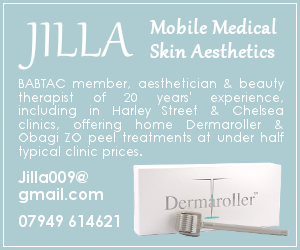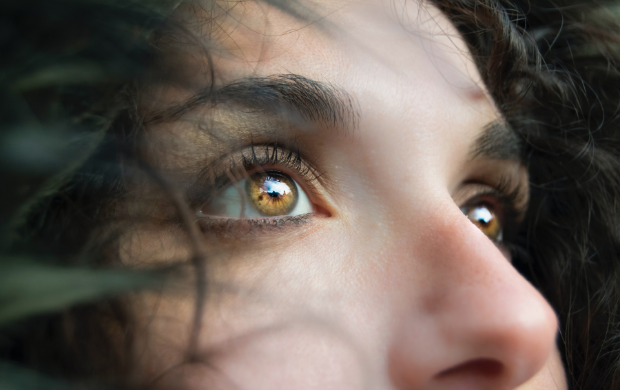When it comes to enhancing our natural beauty or trying out new looks, many of us turn to accessories like non-prescription contact lenses. They come in various colors and designs, promising to transform our eyes into dazzling gems or give us a whole new look.
But amidst the excitement of changing our eye color or style, there’s a pressing question: Are these non-prescription contacts safe to wear? Let’s delve into this matter and separate fact from fiction.
Understanding Non-Prescription Contacts:
Non-prescription contact lenses, also known as plano lenses, are designed for cosmetic purposes rather than vision correction. Unlike prescription lenses, they do not have corrective power for conditions like nearsightedness or farsightedness.
Instead, they solely alter the appearance of the eyes. These lenses are available in a variety of colors, patterns, and effects, catering to different preferences and styles.
The Appeal of Non-Prescription Contacts:
For many, non-prescription contacts offer a quick and fun way to experiment with their appearance. Whether it’s for a special occasion, a costume party, or just a change of pace, these lenses provide an instant transformation.
From subtle enhancements to dramatic makeovers, the possibilities seem endless. However, amidst the allure of these cosmetic accessories, it’s crucial to consider their safety.
Where to Buy Trusted Non-Prescription Contacts?
When it comes to purchasing non-prescription contacts, it’s crucial to choose reputable retailers and brands that prioritize quality and safety. With the rise in popularity of these cosmetic accessories, the market is flooded with options, making it essential to discern between trustworthy suppliers and dubious sources.
To ensure the safety of your eyes and the quality of your lenses, consider purchasing from established reputable retailers like Contacts-4Us. With a wide selection of non-prescription contacts from trusted brands, you can shop with confidence and prioritize both style and safety.
Safety Concerns:
While non-prescription contacts may seem harmless, there are genuine safety concerns associated with their use. One of the primary issues is improper fitting. Unlike prescription lenses, which are customized to each individual’s eye shape and prescription, non-prescription contacts are often one-size-fits-all.
This can lead to discomfort, irritation, and even serious eye infections if the lenses don’t fit properly.
Moreover, non-prescription contacts are often made from materials that may not be as breathable or comfortable as those used in prescription lenses. Prolonged wear of these lenses can deprive the eyes of oxygen, leading to conditions like corneal neovascularization or corneal ulcers.
Additionally, improper care and hygiene practices, such as sharing lenses or sleeping in them, can increase the risk of eye infections and other complications.
Ensuring Safety:
Despite the potential risks, non-prescription contacts can be safe to wear if proper precautions are taken. Here are some essential tips to ensure the safe use of these cosmetic accessories:
- Consult an Eye Care Professional: Before purchasing non-prescription contacts, consult an eye care professional, such as an optometrist or ophthalmologist. They can assess your eye health and provide guidance on selecting safe and suitable lenses.
- Get a Proper Fitting: Ensure that the lenses fit your eyes properly. Avoid purchasing one-size-fits-all lenses and opt for brands that offer a variety of sizes for a more customized fit.
- Follow Hygiene Practices: Maintain good hygiene habits when handling and wearing the lenses. Wash your hands thoroughly before touching your eyes or handling the lenses and follow the recommended cleaning and storage instructions provided by the manufacturer.
- Limit Wear Time: Avoid wearing non-prescription contacts for extended periods, especially overnight. Give your eyes a break by removing the lenses before bedtime and allowing them to breathe.
- Monitor for Signs of Discomfort: Pay attention to any signs of discomfort, irritation, or redness while wearing the lenses. If you experience any discomfort or notice changes in your vision, remove the lenses immediately and consult an eye care professional.
To explore non-prescription contact lenses, visit https://www.contacts-4us.com/no-prescription.
Conclusion:
Non-prescription contacts can be a fun way to change your look, but safety should always be a top priority. By understanding the risks associated with these cosmetic accessories and taking necessary precautions, you can enjoy wearing them safely.
Remember to consult an eye care professional, prioritize proper fitting and hygiene, and listen to your eyes for any signs of discomfort. With responsible use, you can enhance your appearance without compromising your eye health.








